Even the backplate has to be correctly dimensioned
For rather incomprehensible reasons, the cooling performance of the vast majority of AIO liquid coolers is degraded by the use of an unsuitable backplate. The backplate is usually undersized, made of plastic, and cannot exert optimal pressure on the processor. To give you an idea of how a “traditional” plastic backplate stacks up against a proper, steel one, we’ve prepared a comparison of the two.
Backplates made of plastic have taken root in liquid coolers’ accessories, apparently out of the belief that “for a lightweight pump block, a subtle design is enough” and of course because of the lower production costs. Of course, it is possible to justify the use of a plastic backplate by the lower weight and small leverage on the motherboard compared to tower coolers, but the backplate does not have only a supporting function. A more subtle backplate means quite significant limitations in achieving coldplate pressure on the processor.
Even though the manufacturers of liquid coolers try to reinforce those plastic backplates with extrusions, they can be bent with little force. Significantly less than what a radiator mounting system would have to develop to be said to have optimum clamping pressure. This is always just “good enough” in the case of plastic backplates, and that’s a shame. Especially because the cooler loses some of its potential that way.
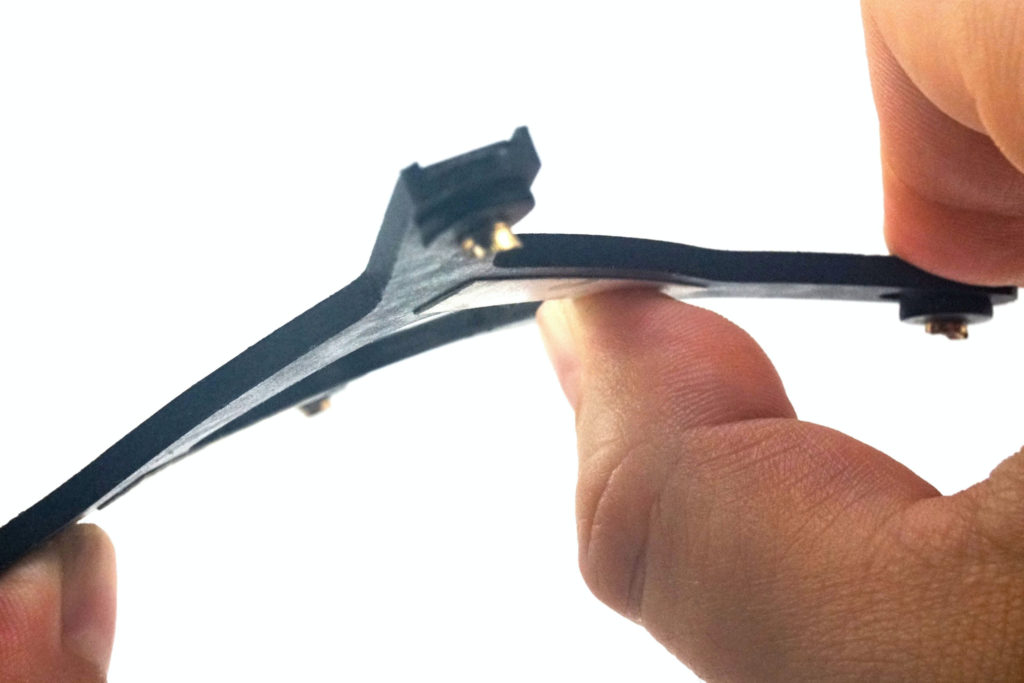
We have already discussed how pressure can affect heat transfer (and cooling) in this article, where we tried to induce different simulations with different tightening intensity of screws. In the case of coolers, however, there is no need to simulate anything, even when tightened to the stop, the pressure is significantly lower than in coolers with metal backplates, which are not subject to pressure so significantly.
Alphacool has “listened to its conscience”
Plastic backplates are considered “good enough” by all cooler manufacturers. At least, if we are talking about all-in-one liquid coolers. But saving money this way (with a cheaper backplate) is sometimes a bit ridiculous. Especially with really expensive coolers, which are priced even over two hundred euros. Even with those, a plastic backplate is quite common. Not even the otherwise great Alphacool Eisbaer Aurora 360 water cooler, one of the few options with a copper radiator, has it differently.
However, Alphacool’s recent release of a steel backplate made it clear that plastic solutions are fraught with limitations. Firstly, lower pressure and lower overall performance (in the context of Core i9-12900K cooling, it reports differences of up to 13°C in its materials), and also lower durability.
The sharp edges of the nuts dig into the soft material (which is all plastic compared to steel) when tightening. After a few cycles, combined with clumsier mounting, various clearances can develop in these areas and the weakened area can eventually crack. Even if the parts and the threads themselves do crack, unless you screw in a patterned, perfectly perpendicular way, which sometimes the situation (typically in a cramped case) often doesn’t allow.
The thread then breaks under the action of the greater mounting force. But this also troubles the metal backplate of the Alphacool. The mounting holes in the sockets are simply too small and to make it more robust at least for the screws themselves, the internal threads of the nuts have very thin walls. But with Alphacool’s metal backplate, at least you won’t be carving clearances into the rails where you adjust the spacing of the holes according to the socket.
The Alphacool Core metal backplate is made of stainless steel, with a plate thickness of 33 mm and a weight of up to 150 grams. In addition to Eisbaer water coolers (Aurora, Pro, LT), it is also compatible with XPX standalone waterblocks (Aurora, Aurora Edge, 1U, Pro Aurora). Supported platforms are LGA 1700, LGA 1200 and also older LGA 115x.
This Alphacool metal backplate also naturally strengthens the socket itself. At the same time, the pressure is set to avoid deformation of the PCB, which is a popular topic lately, but whipped up a bit by a lack of sensitive feel as well. Any PCB will warp under more pressure from the mounting system than is natural. You can encounter this even when mounting Thin Mini-ITX boards in passive cases with monolithic blocks/thermal conductive bridges.
And why with this combination? Firstly, because these boards have no reinforcing plate under the socket, and secondly, passive case mounting systems are often aggressive after maximum tightening (especially systems without compression springs). But we’re digressing. With the Alphacool metal backplate, however, you can’t overdo it with pressure. Even though the pressure is high, significantly higher than with a plastic backplate, there is a reasonable stop on the Alphacool cooler screws.
Methodology
The basis of the test setup is the Alphacool Aurora 360 cooler and the Intel Core i9-12900K processor. The latter is mounted on a Gigabyte Z690 Gaming X DDR4 motherboard. You can get information about the CPU power draw and temperature on this motherboard from its tests. However, in the standard methodology for testing motherboards, a plastic backplate is used with the cooler, so you will only learn the effect of the metal (backplate) on cooling from the tests of the next chapter.
For the sake of completeness, it should also be noted that testing traditionally takes place in a wind tunnel with three Noctua NF-S12A PWM@550 rpm fans (two at the intake, one at the exhaust, but for the three fans on the Eisbaer Aurora cooler in the ceiling position, the system cooling is set to negative pressure).The air temperature at the intake is strictly controlled, varying within a narrow range of 21–21.3 °C.
We test the cooling effectiveness in a high multi-threaded load (about 250 W), in a gaming load (about 100 W), in a single-core load (about 40 W) and finally in idle (14 W). These are the modes in which we also monitor operating characteristics across all motherboard tests.





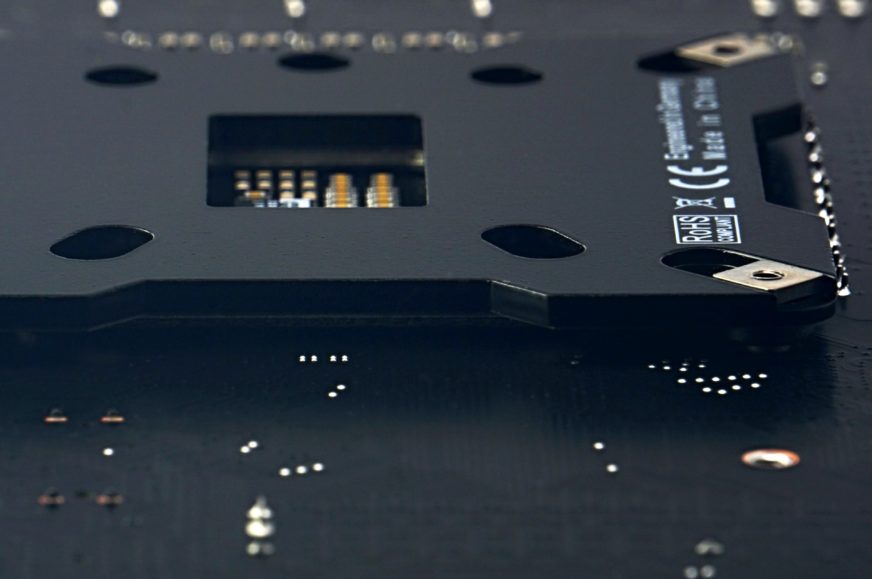

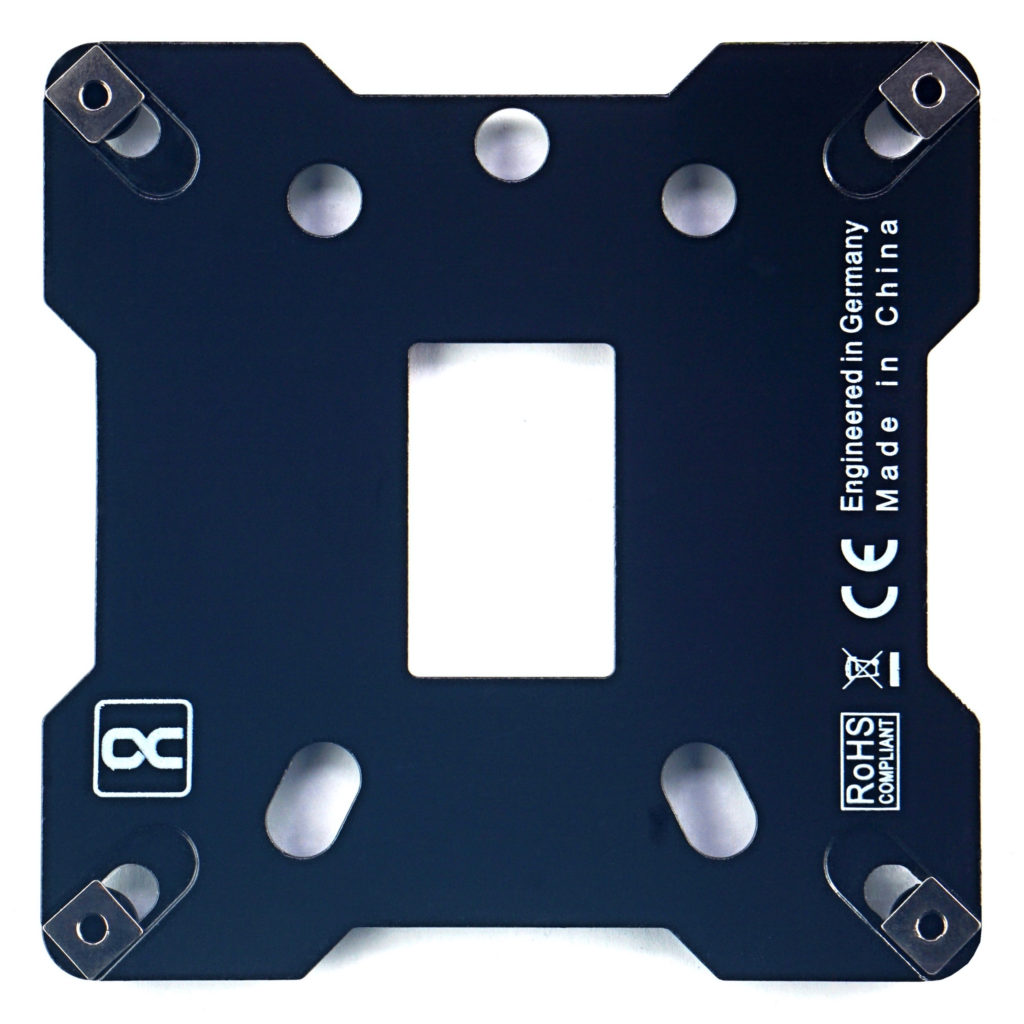
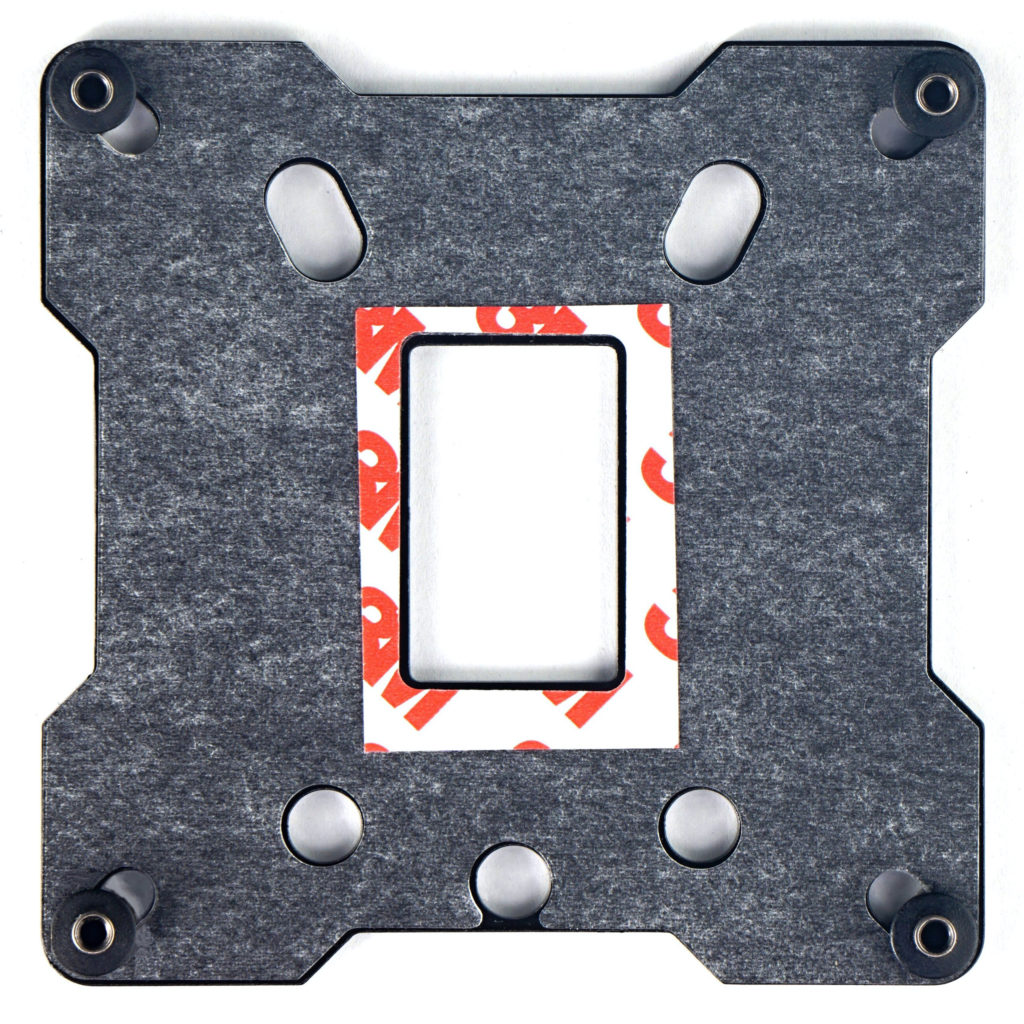
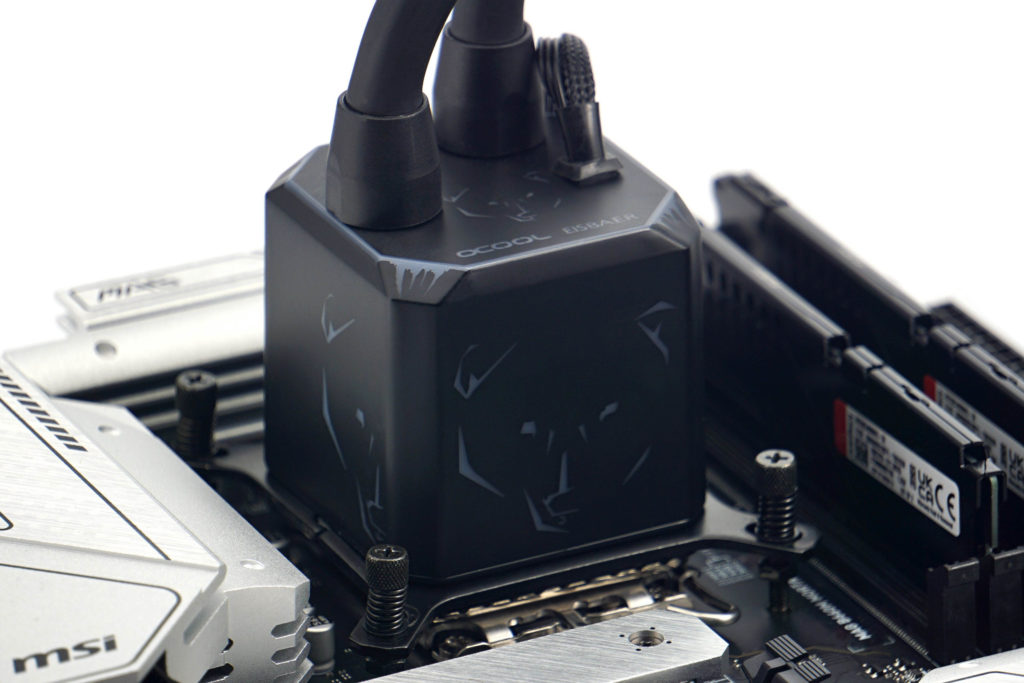
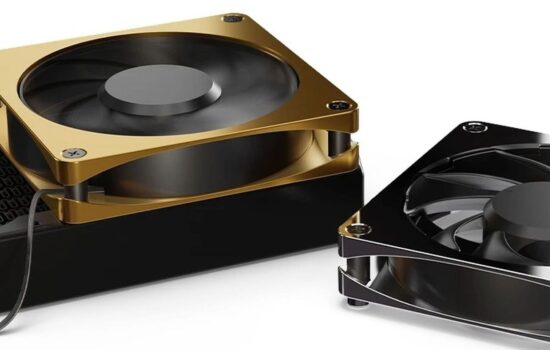
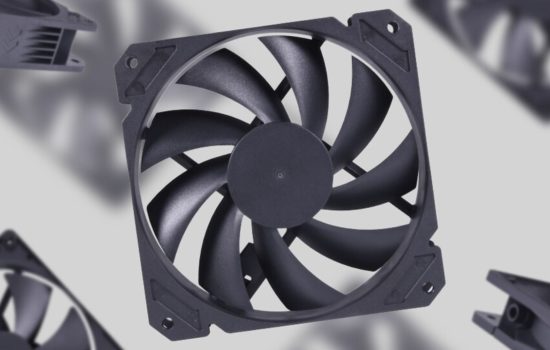
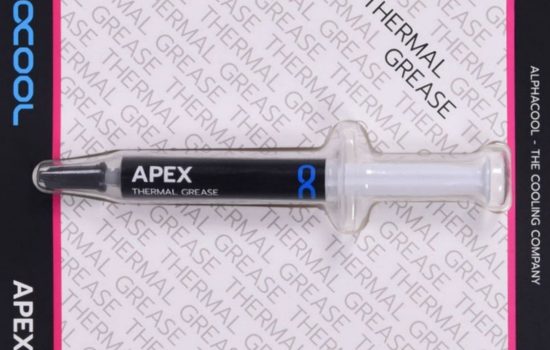



Excellent testing as always. Hopefully with the integrated backplate on AM5, more manufacturers will be forced to utilize proper metal backplates instead of flimsy custom ones.